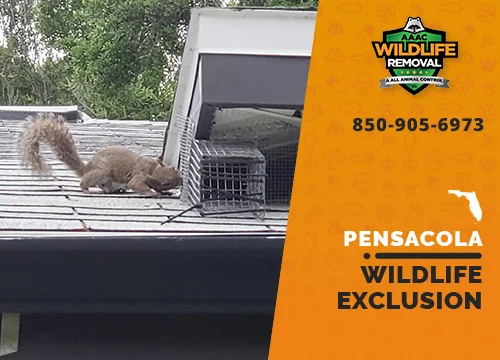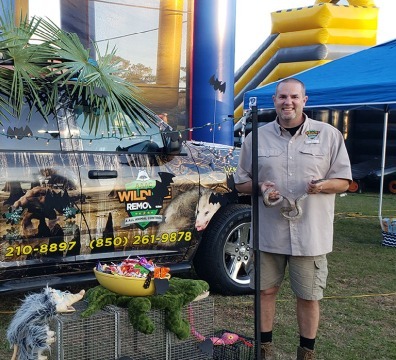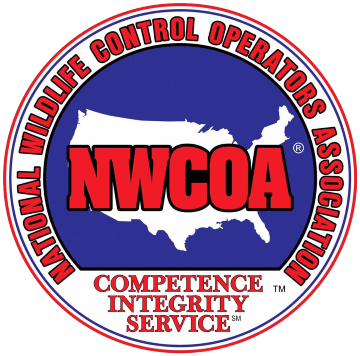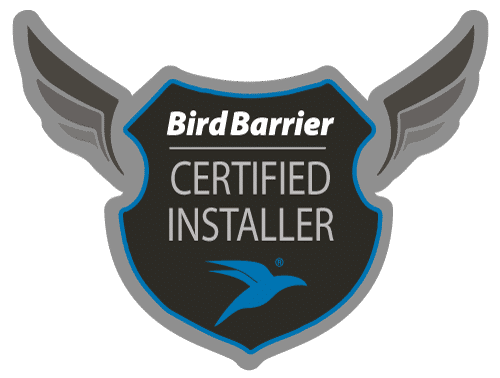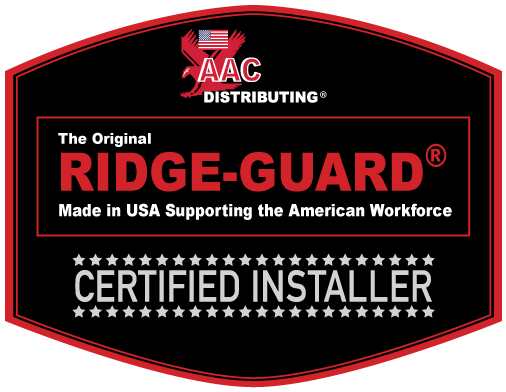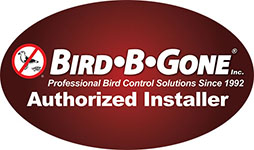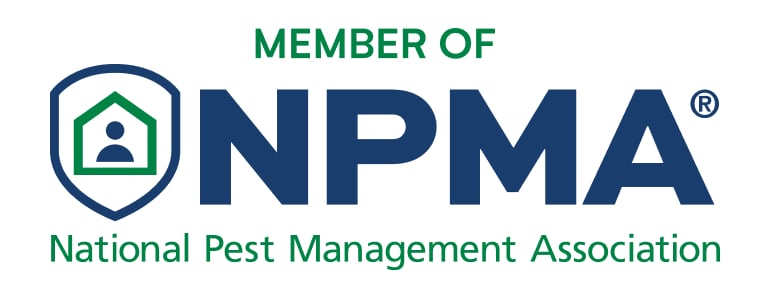
What is Wildlife Exclusion?
Exclusion refers to sealing any animal entry points in your home or place of business that prevents them from returning inside. It’s easier than trying to exclude wildlife on your own since you can do it all at once; for example, if you have rats coming in through the basement, seal off the holes they could come in from.
AAAC Wildlife Exclusion Services provides humane exclusion services for any kind of wildlife that poses a threat to your home or business. We are highly trained to do exclusion safely and correctly.
We can help you with any animals that may be living under your house or on the walls. We will seal off all animal entry points that we find, including sealing holes in floors, cement cracks around pipes – basically anywhere an animal might find entry into your home or business
How We Conduct Wildlife Control and Exclusion Services
Nuisance wildlife may have somehow managed to enter your home or business, and you are now thinking about trapping and getting rid of them. But, just trapping them won’t solve the problem. While you might be able to exterminate the initial infestation, without wildlife exclusion services you will just wait until the next set of critters moves in. These are the steps we take in order to stop the infestation cycle by using animal exclusion technologies:
Find and seal all entry points:
We need to find all possible entry points for animals. This might include holes in floors, cement cracks around pipes – basically anywhere an animal might find entry into your home or business. This can include roof flashing and soffits as well as holes in roof shingles. These access points are then blocked off. In some cases, we achieve this by drilling metal or rubber grommets on top of the hole, which also creates a tight seal. Wire mesh can be used to plug the holes in other cases. We will then cover the hole with weatherproof material to protect it from rain, snow, wind and other elements. Finally, we must wait to determine if there are other openings that could allow animals in your building.
Exclude wildlife using a trap or one-way door
Top pest control operators will often locate the primary entrance that wild animals use to get into and out of your home or business. We intentionally leave the hole open to allow us to use it to exclude your nuisance wildlife. Once we have identified the problem, we can either place a live trap there or use a one-way door.

One-way doors: A one-way door is a good option for those people who don’t want to kill the animal. These doors are designed to allow animals to enter, but not leave. We open a small hole in the door to allow the animal to pass through but it should be small enough to not let the animal out. Then we place some bait on the other side of the hole, close it, and wait for the animal to go in. They can’t turn around or leave the hole from this side once they’ve headed towards the bait.

Live traps: To use a live trap, place traps near any openings that animals could use to get in. By placing traps near these openings, we can lure the animals into our trap so we don’t have to deal with them or see them at all. Once an animal is inside the trap, it’s caught! We might need to install a cage trap if we are trying to trap larger animals like raccoons or opossums. This is a wire mesh trapping tool that will keep your animal inside. Once caught, technicians from our company will get rid of it.
Popular Access Points for Animal Entry
To prevent future wildlife infestations, a proper wildlife pest control service operator must check all of the most common ways that squirrels, rodents, bats, rats, mice, raccoons, birds, and other wildlife can use to access your home. AAAC Wildlife Removal is quite thorough. But, here is a quick guide of the most commonly used access points by animals to get inside your house.

Ridge Vents
Bats usually enter attics via the ridge vent. This is a thin metal strip that runs along the roof edge. Ridge Guard is a product that seals any openings at the vent. After sealing the vents, we can perform a complete roof repair in order to make your home animal-proof. If you have photos of your roof, it will help us determine if there are any critters getting into your ridge vents.

Gable Vents
Gable vents are found in many homes and allow wildlife such as squirrels and raccoons to enter. These vents allow airflow in hot weather. They can be screened or have a flap that can be opened with the animal’s paw. These vents can be secured with wire mesh. It allows airflow, but not animal’s entry. We can also repair any damage to the vent flaps or replace any wood that has become rotted.

Dryer Vents
Dryer vents are an excellent entry point for birds and rodents. If rodents find themselves migrating from one place to another looking for shelter and food, they will most likely use dryer vents as a way to enter your home. The airflow that comes through dryer vents is enough to keep them alive, so it’s important that we secure these areas with metal mesh and seal up any openings in the vent itself.
Birds like dryer vents because of the warm airflow moving through them. As birds use dryer vents to access nesting spaces, you may see an increase in your electricity bills. Installing common vent guards will help you prevent this.

Soffit
Squirrels and raccoons love getting into your attic through a damaged soffit. A proper wildlife removal service operator will replace any rotted wood that is allowing wildlife entry and then secure the openings using closures or metal mesh. Your soffit will look like new, and all rodents will be gone.

Fascia
Wild animals love to visit the fascia of a house. If you have gutters, the fascia would be under the gutter at your roof’s edge. It’s a longboard covering any gap between your roof and your roofing. To prevent wildlife from using this access point, we secure all gaps with metal mesh, remove and replace any rotted wood, and then install a metal cover that prevents animal entrances but allows water to flow freely.

Eaves
Raccoons love getting into your home through the roof eaves. The edges of your roof that meet the sides of the house are called eaves. To keep wildlife out, our technicians can use metal mesh to close any gaps. Or, we can install special guards that prevent animals from entering.

The Chimney
The chimney is the most common entrance point for animals into a residence. If bats are already inside the chimney, we can remove and replace the chimney liners to get rid of the animals and prevent them from getting back in.
Raccoons, squirrels, and bats love to nest in chimneys. This is an access point that is hard to check because of fire hazards and venting. We will often use flameless heat detection cameras to figure out where the animals are hiding in order to remove them safely, or we can just remove the old liner and cap and then replace them.

Cracks in the foundation
Foundation cracks can be a favorite entry point for rodents. We can repair foundation cracks by using a cement-filler compound. Rodents will not be able to enter the walls again. This type of repair not only prevents animals from entering but also improves the exterior appearance of your home.

Exposed pipes
Exposed pipes are a favorite way for rodents to enter your home. This can be prevented by covering any gaps with metal mesh and then covering them with a cap to stop animals from getting in again.

Wildlife Damage Repair Service
It’s crucial to repair any damage done by rodents, squirrels and bats, birds or mice, rats, after your wildlife exclusion is complete. Wild animals will often make their doorway to your home bigger by chewing on it or scratching it with their claws. This can cause some serious damage.
Our wildlife damage restoration services are the best among pest control companies. We have the expertise and experience in contracting and carpentry to help with any type of wildlife damage. Our contractors have the ability to replace damaged drywall and insulation. They have the experience and knowledge to fix your home quickly and efficiently, reducing the likelihood of suffering future animal damage.
Learn more about Wildlife Damage Repair

Attic Restoration
A terrible infestation may have contaminated your attic with urine, blood, and feces. This can make your attic smell awful and provide a breeding ground for mold. Our pest control experts will replace any contaminated insulation with fresh materials that have been treated against humidity and odor. We can also replace insulation damaged by rats, mice, or squirrels with new materials that are secured to your attic floor by heavy-duty staples. Attics can be restored to their former glory with our attic restoration service!.
Learn more about Attic Restoration
Wild Animal Pest Control
Exclusion is a humane approach to pest control. Wildlife can be humanely captured or encouraged to flee, and then they are unable to return to your home once their holes have been closed. This article provides information on how professional wildlife removal services can solve the problems created by wild animals in the house. Call AAAC Wildlife Removal today for an expert wildlife exclusion service!

